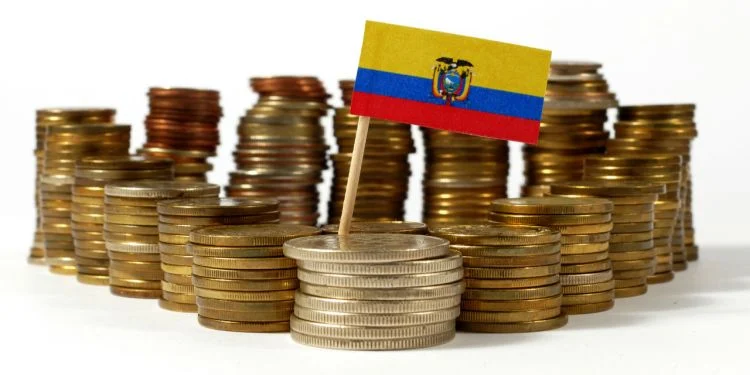The rise in the price of oil, higher collection due to the tax reform and the increase in domestic sales left a fiscal surplus of $609 million in the first quarter of 2022.
The Government’s fiscal accounts show a positive performance due to an increase in tax and oil revenues.
In the first quarter of 2022, the Government recorded revenues of $5.204 billion, according to budget execution figures from the Ministry of Finance.
Which means 29% more than the same quarter of 2021, when revenues reached $4.045 billion.
Approximately 78% of revenue between January and March 2022, or the equivalent of $4.067 billion, came from the collection of taxes, fees and contributions.
One of the factors of this increase is in a recovery of the internal sales of the productive sector, which is evidenced in a greater collection of the Value Added Tax (VAT).
VAT alone accounted for an increase of 24%, going from $1.566 billion in the first quarter of 2021 to $1.935 billion during the same period of this year.
The budget execution also began to reflect the collection of the recent tax reform, called the Economic Development Law.
The tax reform included temporary contributions from companies and high-net-worth individuals.
For both items, the Internal Revenue Service (SRI) reports a collection of $122 million in the first quarter of 2022.
Good oil yield
Meanwhile, oil revenues totaled $668 million in the first quarter of 2022, triple that of the same period in 2021.
This increase is mainly due to the increase in the international price of oil.
The price of WTI, which serves as a reference for Ecuador, went from $76.99 per barrel on January 1, 2022, to $99.07 on March 31st. On March 8, the price of a barrel of oil exceeded $123.
The first quarter of 2022 was also marked by an oil production recovery process. In December 2021, there was a rupture in the pipelines, which forced the stoppage of the operation of the wells and the temporary suspension of crude oil exports.
Between January and March 2022, Ecuador’s oil production went from 454,562 barrels per day to 494,720.
Spending fell 7%
In parallel, in the first quarter of 2022, the Government’s public spending reached $4.596 billion, according to the Ministry of Finance.
If compared to the first three months of 2021, state spending fell 7%.
One factor that explains this variation is a lower allocation in current transfers or donations.
In the first half of 2022 there were transfers, including to sectional governments, for $930 million, 23% less than what was recorded in the first three months of 2021.
These expenses also include the contribution made by the Government to pensioners of the Ecuadorian Social Security Institute (IESS).
Finance allocated $379.8 million to the IESS in the first quarter of 2022. In total, thru the end of this year, the Government must transfer $1.342 billion for contributions to pensioners.
Transfers for public investment also fell significantly. According to Finance, the Government reduced spending on public works by 85% in the first three months of 2022.
Compared to the same period last year, public investment fell from $379 million to $55 million.
Positive result
The better performance of the fiscal accounts in the first quarter of 2022 left a fiscal surplus of $609 million.
The surplus occurs when tax revenues are greater than expenditures. This is a better scenario compared to the first quarter of 2021, when the Government registered a fiscal deficit of $875 million, that is, expenses were greater than income.
This better fiscal result is part of the adjustments that the Government is making to reduce the fiscal deficit, which is expected to close at $2.3 billion in 2022.
Freddy García, Director of Economic and Statistical Studies of the firm Intelligence Business, says that the fiscal result of 2022 will be better than expected.
If the increase in the price of oil leaves an additional $1.5 billion, as expected, it is possible that the fiscal deficit will be less than 1% of the Gross Domestic Product (GDP), says García.


0 Comments